

Tariffs, like the new Section 232 tariffs, are reshaping how manufacturers plan, invest, and compete – with consequences that extend well beyond the balance sheet. Here are some important takeaways and insights from ��ɫ��Ƶ’s 2025 Q3 Spot Survey.
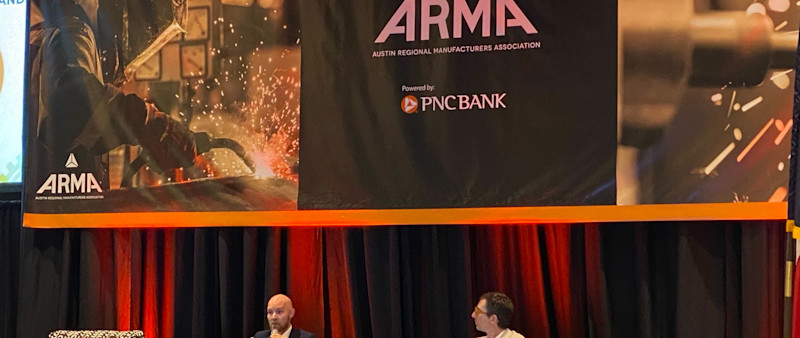
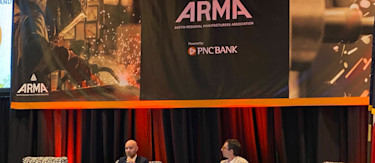
��ɫ��Ƶ Vice President – ��ɫ��Ƶ Ryan Kelly and Trade Lawyer and former (USTR) Counsel Patrick Childress discuss how manufacturers can navigate tariffs, stay compliant, and advocate effectively.


As of Sept. 26, 2025, the U.S. Department of Commerce has opened a Notice of Request for Public Comments on the Section 232 National Security Investigation of Imports of Robotics and Industrial Machinery.


When a business model works for a century, it’s due to a combination of the strength of its core principles and its ability to adapt to economic, technological, and cultural changes to maintain relevance across multiple generations.
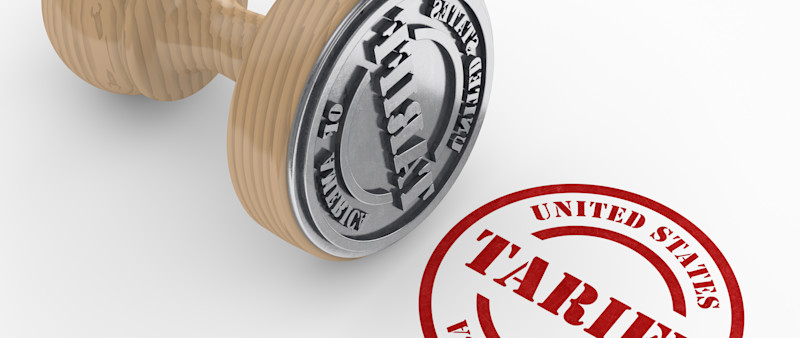
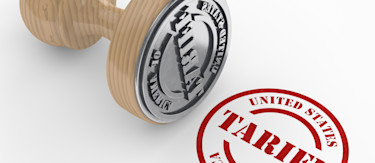
With the recent announcement of new Section 232 derivative tariffs in Q3, member sentiment shifted sharply. ��ɫ��Ƶ’s latest spot survey reveals a renewed sense of strain, strategic hesitation, and export headwinds across the manufacturing technology sector.


The Commerce Department added 407 product categories of steel and aluminum derivatives to items subject to 50% tariffs. Even if your finished machining center’s normal duty rate is modest, Section 232 will add 50% on the metal content.
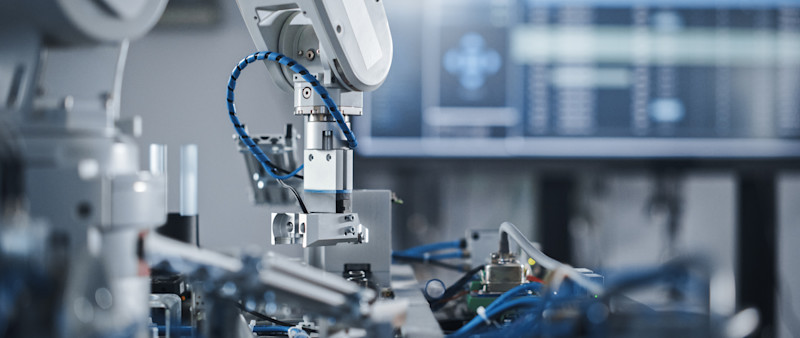

New data reveals OEMs prioritize price, but overlook true sourcing costs. Contract manufacturers say better tools and trained labor are key to restoring U.S. production strength.


The new era of manufacturing will balance performance with responsibility. That means better recycling techniques, more hybrid materials, and being honest about trade-offs.


��ɫ��Ƶ has updated the Manufacturing Mandate, which emphasizes advanced manufacturing as central to the national agenda. The elements outlined are crucial for achieving technological leadership, stimulating economic growth, and protecting national security.
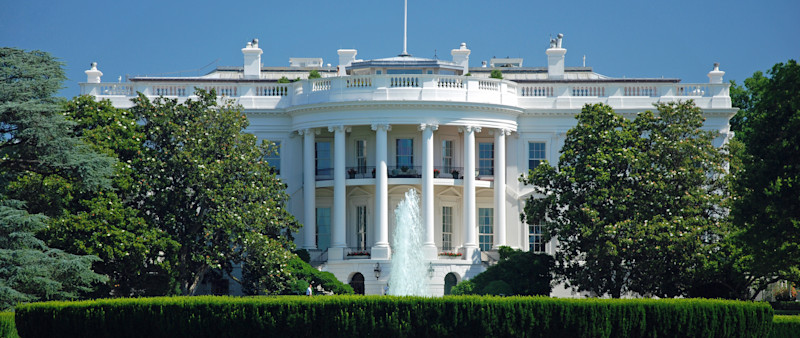
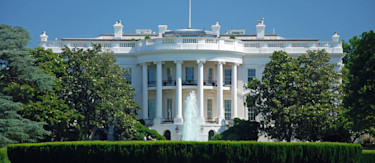
President Donald Trump signed the One Big Beautiful Bill Act into law on July 4, 2025. This sweeping new law delivers a package of long-sought tax incentives, investment opportunities, and financial relief measures to revitalize the manufacturing sector.

